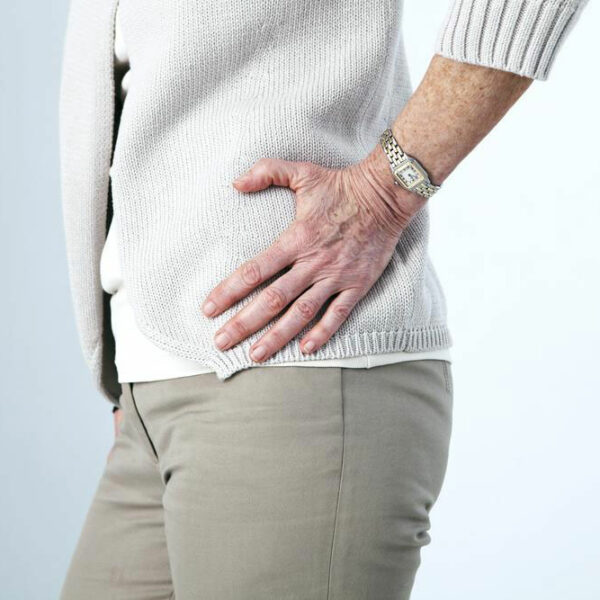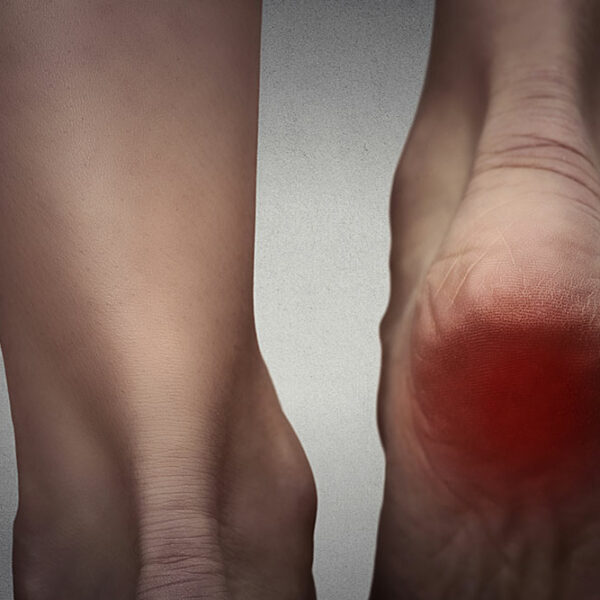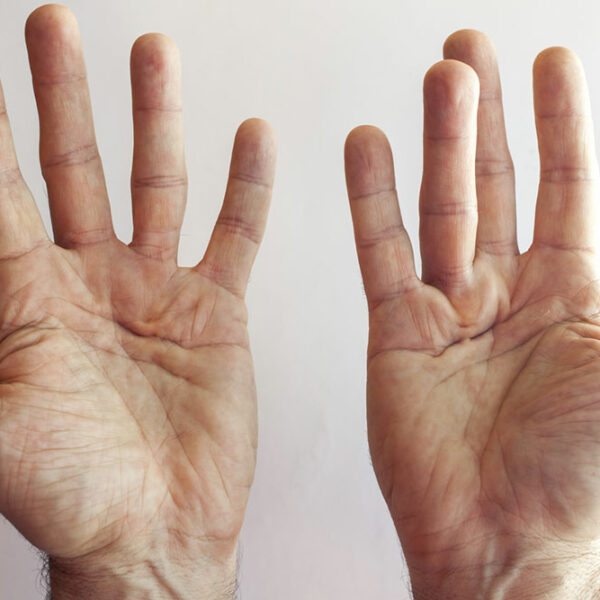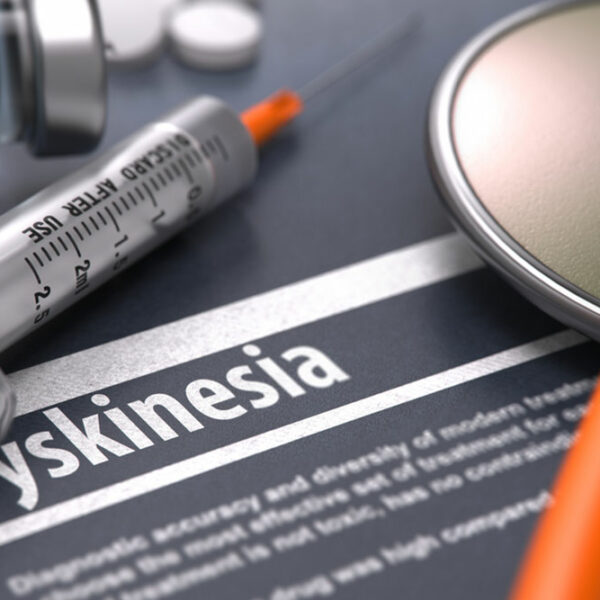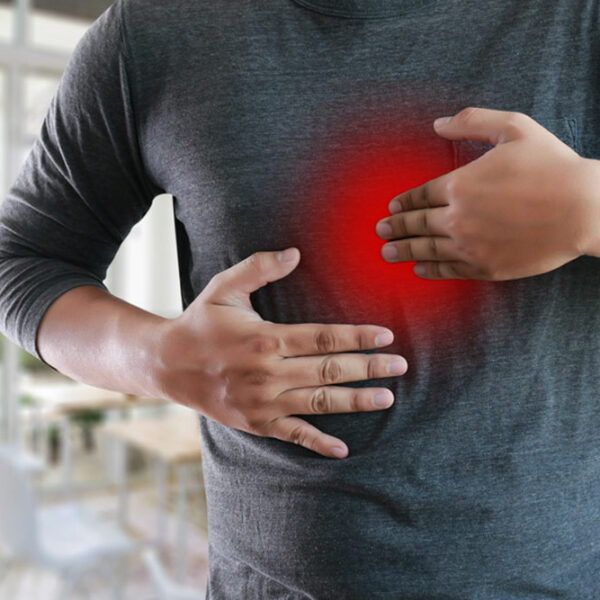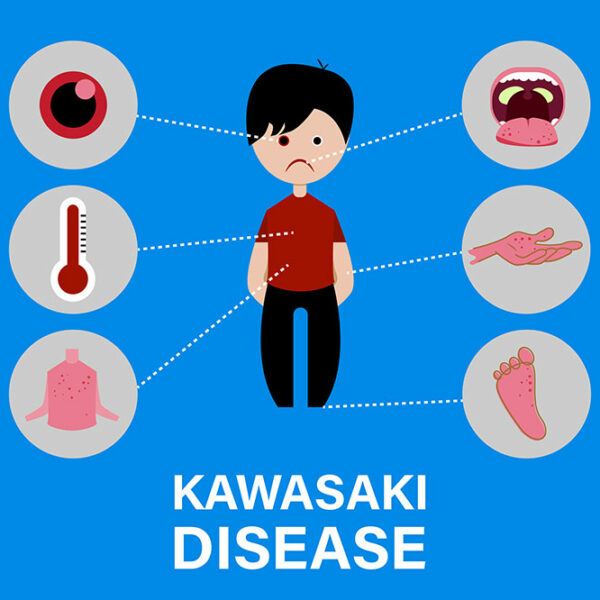
Bladder Infections – Symptoms, Causes, and Treatments
If one has been taking several trips to the bathroom within a few hours and is experiencing a burning sensation while passing urine, then one probably has contracted a bladder infection. A bacterial infection within the bladder is termed as a bladder infection. A weakened immune system invites yeast and bladder infections. Bladder infections may be contracted by using unhygienic toilets where Escherichia coli bacteria thrive. In some cases, the bacteria can move from the intestines to the urinary system. Bladder infections treatment is fairly easy. Once a proper diagnosis is done to confirm bacterial infection in the bladder, the physician may prescribe antibiotic medication. Apart from medication, one may need other home care remedies to completely heal from the infection. When left untreated, a bladder infection may turn into a life-threatening condition when it spreads to the kidney or bloodstream. Symptoms of bladder infections A urinary tract or bladder infection symptoms vary with the severity of the infection. Common symptoms are as follows: Pain or burning sensation while urinating Bloody or clouded urine Foul smell from urine Frequent urination Frequent urge to urinate Pressure or cramps in the lower abdomen and back. Causes of bladder infections As mentioned above, bladder infections are caused due to E.

